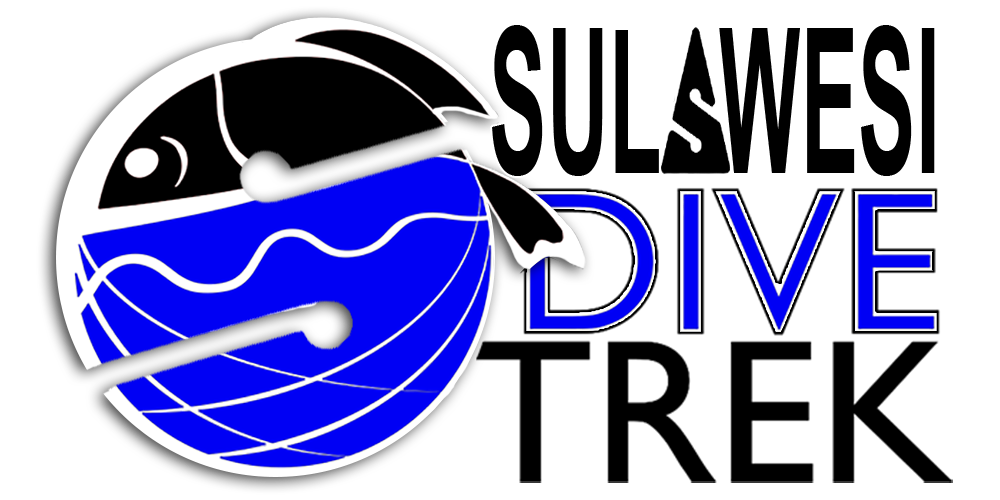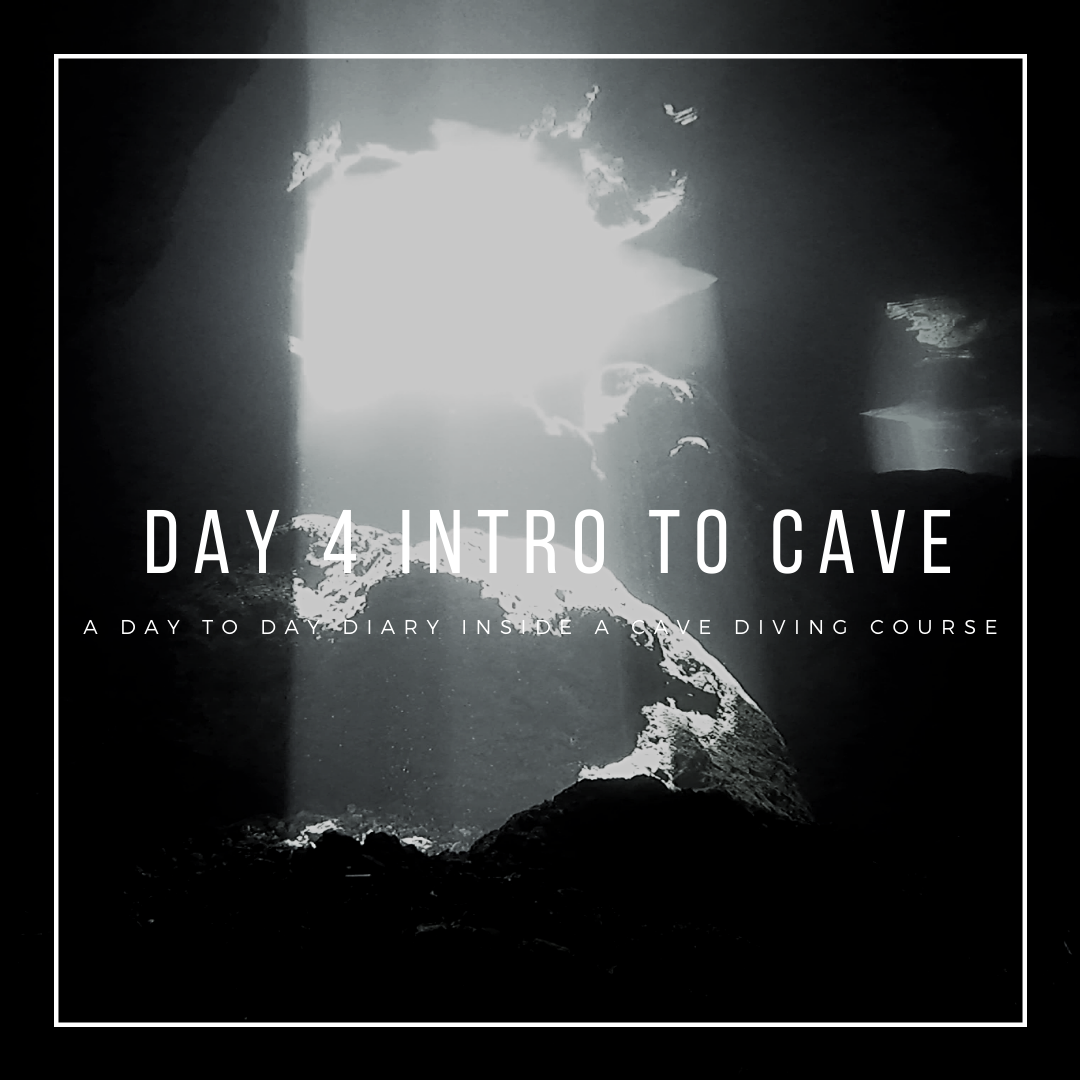Day 4: Introductory Cave Diver Day 1.
Location: Wangi-Wangi Island, Wakatobi.
Cave: Goa Tee Ponu
Dive time 157 minutes
Cumulated Dive time: 586 minutes
Day 4 is by experience always a tough one. After the first two days reviewing essentials skills and the third one being an introduction to the real game, the 4th one is mostly always when the steep learning curve hits you hard. Dive planning starts to be more complex, as is communication, required awareness, drills and the multiple issues that appears during the dive.
The day start as a usual day, slow and peaceful. Reviewing the auto evaluation, we notice that globally things are getting better, in term of buoyancy and awareness but a lot has to be improved as well. Therefore, we decided today not to add too much things but instead consolidate the essential and get more comfortable and ready for the upcoming raise of level.
On today’s theory we speak about an interesting subject: the guideline etiquette. How to behave in a cave when you meet other groups? I must admit that in Indonesia so far, it’s not a concern and in 6 years I only came across another team once and they were actually getting ready so it was not even underwater. But this is not the point. I want my students to be ready to dive everywhere and to be nice and have some etiquette when they meet other diver. Basically, trying not to be assholes. Some questions are asked and answered: who has priority? How to behave when you cross path with a team that has a shitload ton of gear when you’re diving light? how not to disturb a class being conducted? Those questions seem trivial but it is important to emphasize to new cave diver that we are not alone in the water, and being respectful and nice to people always have a positive outcome. So be a gentleman diver.
The second topic is about navigation markers. All of us divers have come across those plastic circles, triangles or squares that we respectively and scientifically name Cookies, Arrow and REM. They are basically tools used for navigation and identification. Today’s lesson is not really going into details on those things but it is a first overview about them. So far, we will use the cookie only to identify our line and our equipment amongst other and the arrow to reference our exit and as an anchor point in case we need to leave the mainline for an emergency reason (looking for a lost buddy for example).
Eventually we start also to talk about accident. This part may sound a little bit dark, but it is part of our sport. Accident happened, happens and will happen in the future. The human is not an error proof machine and we all do mistakes, whatever our level and our experience. We learn in the cave course how to avoid them but they still happen, that’s how human is. The important, in my own opinion, is to always set up enough reserve, buffer and conservatism to be able to correct and survive our mistakes without the pressure of being short on air. For that we need protocols that are well taught and learned. Creating a foolproof robot is a fantasy, creating a safety and a conservatism culture for divers that allows us to face our mistakes with enough time and skills to overcome them seems more realistic to me.
Land drill :
As I said before, line laying is one of the most complex and difficult skill so student has to practice it. Period. It is not something you learn in books, there are no tutorials, no forum posts or articles about how to properly lay line in an underwater cave. Line laying is an art and there is as much style as there is artist. Long story short, students need to lay a lot of line during the course to be ready for the life out there. And that is exactly why most of the caves I’ve explored and setup for course here in Wakatobi don’t have a cavern line. This let the playground clear for practicing.
We then, reviewed the mistake made the previous day and see how we can correct line placement, line tension, and route. Only by trial and error can a student progress. Students at this point are asked to lay a line and jump from it (not yet to another line) using markers and spools. We emphasize the importance of communication and line awareness during those land drills.
And finally, some review of out of air drill. Today they will have the real deal, the infamous mask blinder.
For the diving part we head to this cave I really like for training: Tee Ponu. A sinkhole with several cave lines, narrow passages (but still offering access to the surface for safety) and a lot of silt. Not your easy crystal-clear cave full of perfect tie off point. Laying a line here is a pain, and it is perfect for a training day.
Today the students will be asked to lay a line all around the cavern and connect to the main cave line. They will afterward enter the cave, then turn around when reaching their gas limit and at some point, put on the mask blinder for a touch contact exit. At this point they will have to share air and make it back to the open water safely. The only issue is that the cavern line and the cavern part is tricky with lot of change of direction, depth and some silty area. And indeed, it was tricky! Line placement was so-so, tension not good and it eventually ends u in a messy entangle-ish slack line, but they made it alive !
Add another dive with another connection to another line, some freeflow drills, some back kick, some primary light failure and some wandering with a spool away from the line and the day was a wrap.
The debriefing is the occasion to review the mistakes. And they were numerous, which is totally expected at this point of the training. Once again, the priority is to identify them, identify solutions and not repeat them. Every day comes with its new challenges, and sometime failure takes a toll on you but this is part of the learning process and at the end of the day we are here to learn and have fun, so please keep that in mind when you think you’re miserable : everybody fails at some point, it is OK!!!
If you missed it you can read Day 1’s report here:: https://www.sulawesidivetrek.com/index.php/2022/04/25/day3caverncourse/
List of all IANTD Courses, visit the IANTD Website : https://iantd.com/index.php/en-us/courses/iantd-ice-cave-mine-wreck-diving/


Keep up your good worl
I hope a get a chance to learn with Sulawesi Dive Trek….must plan to make this trip before year end god willing